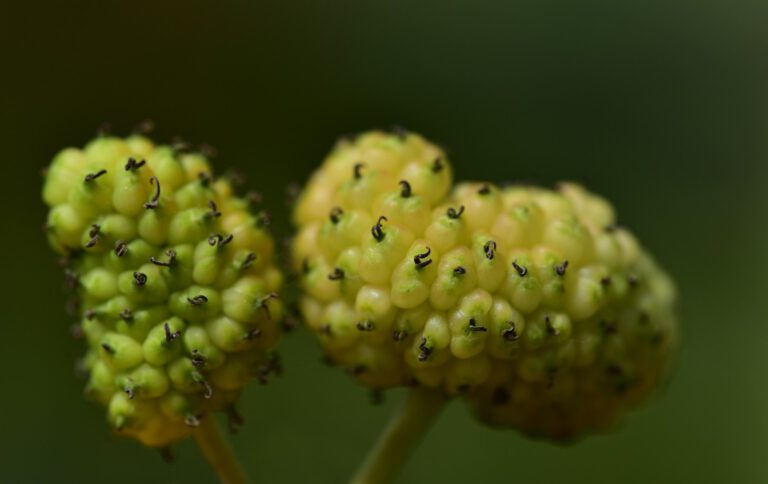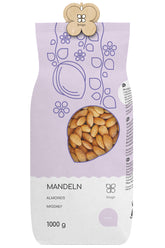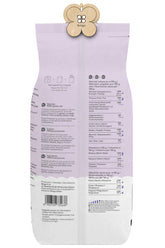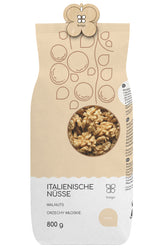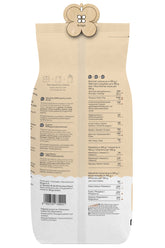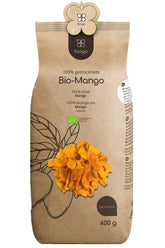Caratteristiche e vantaggi dell'uso della gelso bianco
Contenuto
- Proprietà della gelso bianco
- Quando dovresti assumere il gelso bianco?
- Come si usa il gelso bianco e possibili controindicazioni al suo utilizzo?
Il gelso bianco (Morus Alba L) è un albero deciduo della famiglia delle Moracee, che può raggiungere diversi metri di altezza. Proviene dalla Cina, dove è apprezzato e utilizzato da centinaia di anni per le sue proprietà benefiche per la salute, tra cui il trattamento di dolori addominali e malattie parassitarie, malattie oculari e malattie delle vie respiratorie superiori. I gelsi bianchi venivano anche coltivati nelle bachi da seta, poiché fornivano nutrimento ai bachi da seta del gelso.
Proprietà della gelso bianco
Attualmente questa pianta viene coltivata quasi in tutto il mondo e cresce anche in Polonia. Quasi tutto l'albero ha un effetto curativo: frutti, foglie e radici. I frutti del gelso bianco sono commestibili e hanno un sapore delicato e dolce. Sono gustosi sia crudi che sotto forma di marmellata o succo. Questi frutti contengono una vera ricchezza di nutrienti, tra cui sono fonte di:
- vitamine del gruppo B,
- minerali come: calcio, potassio, ferro, magnesio,
- acidi organici,
- acido ascorbico,
- amminoacidi essenziali,
- saccarosio e glucosio,
- pectina,
- flavonoidi.
Ma non solo i frutti sono ricchi di nutrienti preziosi. Soprattutto le foglie di gelso bianco vengono utilizzate per la produzione di integratori alimentari e per l'estrazione di sostanze benefiche e preziose per il nostro corpo, come ad esempio:
- rutina,
- quercetina,
- polialcaloidi idrossilati,
- vitamine del gruppo B,
- acido folico,
- alcaloidi,
- antociani,
- flavonoidi,
- amminoacidi,
- acidi fenolici,
- minerali,
- vitamina C.
Quando dovresti assumere il gelso bianco?
Per molti disturbi di salute come diabete, colesterolo alto o sovrappeso, si consiglia l'uso di preparati con gelso bianco. Questi integratori alimentari possono aiutare a:
- combattere i radicali liberi,
- ridurre l'assorbimento di carboidrati e supportare così il processo di perdita di peso,
- regolare i livelli di glucosio nel sangue e supportare così la lotta contro il diabete e la resistenza all'insulina,
- rallentare o prevenire lo sviluppo dell'aterosclerosi, abbassando i livelli del colesterolo LDL cattivo.
Come si usa il gelso bianco e possibili controindicazioni al suo utilizzo?
In Polonia il gelso bianco è disponibile, oltre ai frutti che possono essere utilizzati per la preparazione di confetture come marmellate e succhi, in tre diverse forme. Queste sono:
- tè express,
- foglie essiccate destinate alla preparazione di infusi medicinali,
- integratori alimentari contenenti estratto di foglie di gelso bianco.
Nonostante il gelso bianco sia una fonte di nutrienti preziosi e il suo consumo possa contribuire a migliorare lo stato generale del nostro corpo, purtroppo non può essere consumato da tutti. La controindicazione all'assunzione di preparati che lo contengono è principalmente:
- gravidanza e allattamento,
- assunzione di farmaci che abbassano la glicemia,
- assunzione di farmaci che abbassano il colesterolo.
LA SCELTA DELL'EDITORE
Mandorle 1 kg BIOGO
- £11.00
£13.00- £11.00
- Prezzo unitario
- / per
Noci 800 g BIOGO
- £8.00
£10.00- £8.00
- Prezzo unitario
- / per
Mango essiccato bio 400 g BIOGO
- £10.00
- £10.00
- Prezzo unitario
- / per
Morbide More Bianche Secche 500 g BIOGO
- £6.00
£7.00- £6.00
- Prezzo unitario
- / per
Fichi secchi biologici 800 g BIOGO
- £27.00
- £27.00
- Prezzo unitario
- / per
Granella di grano saraceno non pelato 1 kg BIOGO
- £3.00
£3.00- £3.00
- Prezzo unitario
- / per
Scaglie di cocco bio 500 g BIOGO
- £9.00
- £9.00
- Prezzo unitario
- / per
Fiocchi d'avena bio 600 g BIOGO
- £4.00
- £4.00
- Prezzo unitario
- / per
Anacardi bio 1 kg BIOGO
- £18.00
- £18.00
- Prezzo unitario
- / per
Semi di cardo mariano 1 kg BIOGO
- £4.00
- £4.00
- Prezzo unitario
- / per




















































































































